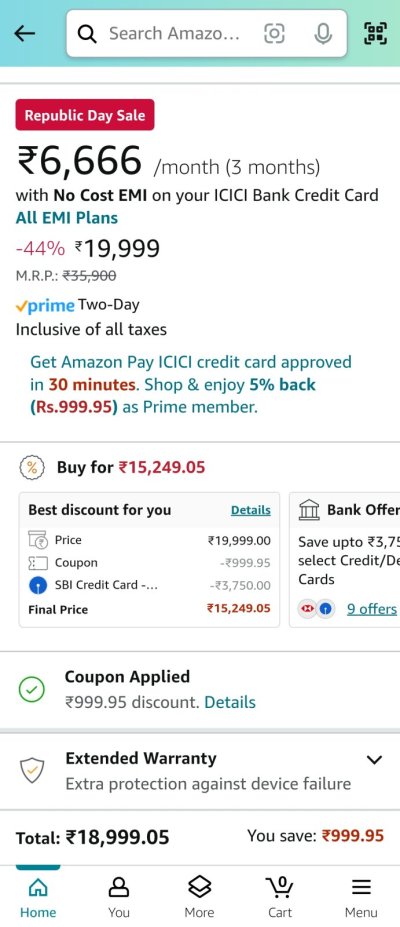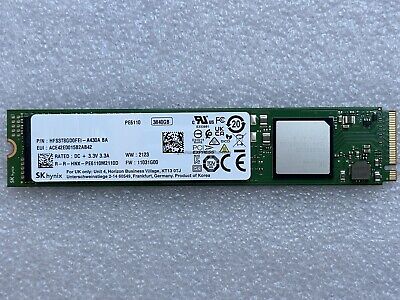TBW is just a number, there is no science/logic that can precisely calculate at what limit the nand cells will die after repeated writing. Maybe intel does program their firmware to lock ssd once TBW is reached but no other ssd manufacturer does as far as I know. TBW number is just decided on the basis of discussion between sales marketing division & tech dept estimating the potential no. of failures under warranty along with extra sales depending on free bragging rights of higher TBW rating. Newmaxx on reddit is probably the top most ssd expert online outside of those who are actually involved in research/design of ssd & he often tell to ignore TBW & go by the type of flash chips used in ssd as well as the controller capabilities.
These enterprise class ssd have their TBW measured in terms of drive writes per day (DWPD) which means how many times the entire drive size can be written in a day which for this drive seems to be 1 as per below ebay link meaning every day it can write 3.7TB per day every day for its warranty period which is 5 years. Op simplified this calculation to equivalent TBW (3.7*5*365).
Model: PE6110. Capacity: 3840GB 3.84TB. Interface: PCIe Gen 3.0 x4. Sequential Write: 1900 MB/s.
www.ebay.com
In atleast three ways I shall try to reiterate that rated TBW is an important metric for consumers as well as manufacturers.
It's not just a number.
1. rated TBW = LIFE of SSD.
TBW is just a number, there is no science/logic that can precisely calculate at what limit the nand cells will die after repeated writing.
For a consumer in cases where manufacturer has equated the cell endurance to rated TBW, the drive controller doesn't accept any writes. So, rated TBW = LIFE of SSD.
Besides Intel, OEM drives from Kioxia and WD like XG6, SN730, SN810 also mark bad blocks (health goes down) in proportion to rated TBW. You can easily calculate the rated TBW by the health percentage for these drives. At the moment, I don't have idea what happens when health reaches 0 for WD and Kioxia.
2. rated TBW = implicit indicator of endurance/quality of flash
I do acknowledge the fact that we should base our decision more on controller and, NAND type. But, NAND flash come in different grades. Higher grade = higher P/E cycles (endurance).
It's difficult for consumer to get info about the grade of flash being used.
Higher grade flash is used in products which cater to a segment that needs drives that can do extensive writes, and as a result these drives also have higher TBW as manufacturer has more confidence in them. Enterprise write intensive drives with very high TBW are a good example.
So, in such cases higher rated TBW can also act as an indicator of quality of flash.
3. usefulness of a metric - more of a general reasoning
In order to determine the usefulness of a metric, one should equate all other parameters. After deciding on 'conspicous' hardware such as controller and, NAND type there are two SSDs by two brands with different TBW (ex. Phison E18 paired with Micron 176L TLC and same size and type of DRAM). Which one is a better buy for you?
And yes, I too sometimes read the reddit page of Newmaxx.





